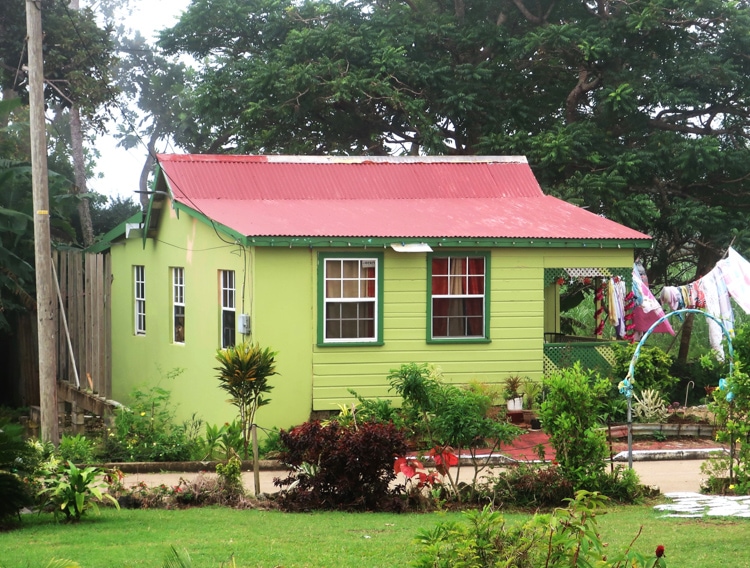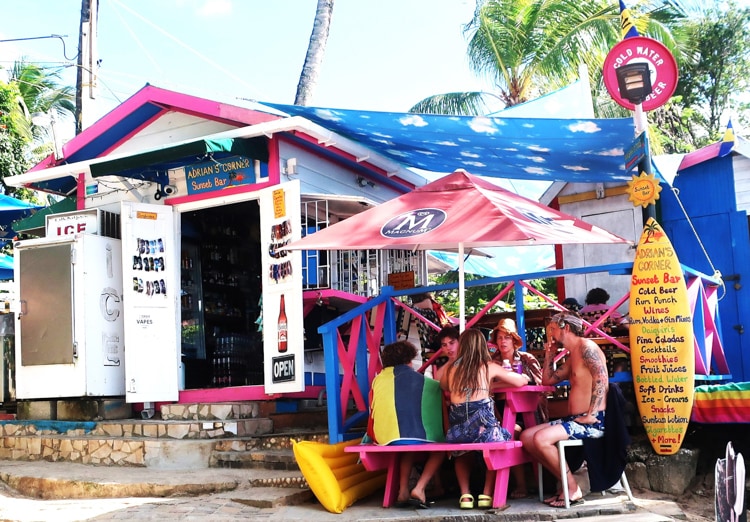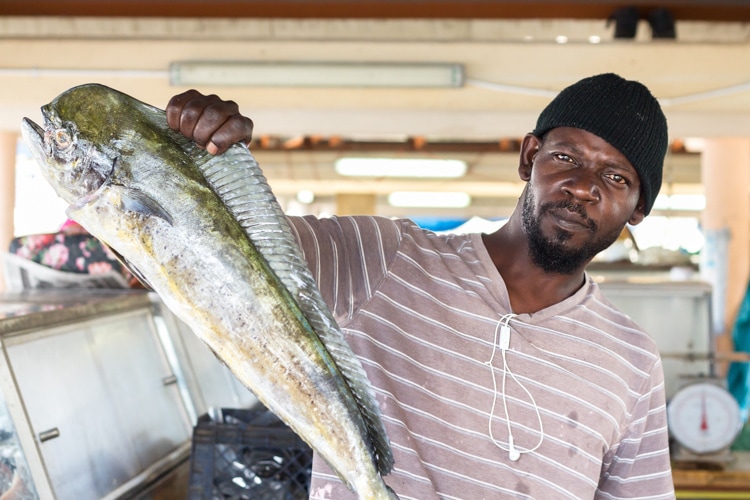
When my wife Fyllis and I landed in Barbados this winter, we asked the driver of another car at the airport for directions to our hotel. To our surprise, he didn’t give them to us. Instead, he insisted on leading us there in his own vehicle.
Throughout our trip to the Caribbean Island — our second in 20 years — we were impressed by the friendly, warm people we met. After I unknowingly dropped some money on a restaurant floor, for instance, a waiter followed me to the door and returned it. And the examples continue.
Friendly People
Add this well-deserved reputation for a welcoming populace to a lengthy list of things to see and do, along with a choice of inviting beaches, and it’s little wonder that Barbados serves as a year-round magnet for tourism.
In winter, visitors from Great Britain join smaller groups from Canada, the United States and elsewhere seeking to trade frigid temperatures for a sun and sand retreat. Come summer, budget-conscious vacationers enjoy the same attractions at lower cost.
These latecomers follow the footsteps of people who visited the island as early as 1,600 B.C. and Amerindians who established villages there during the 4th to 7th centuries A.D.
A small group of English settlers founded a colony in 1627, and that foothold led to British rule until 1966, when Barbados was granted independence.
Traces of the island country’s intriguing history are conveniently located in an area slightly more than double the size of Washington, D.C. Bridgetown, the capital and largest city (population about 110,000), earns its UNESCO World Heritage Site designation for its well preserved downtown.
Barbados Attractions

Photo by Filip Fuxa/Dreamstime.com
Attractions include the Parliament Building (constructed 1870-1874), Independence Square, and Queen’s Park, site of the former home of the Commander of British Troops (built in 1784). Among more than 500,000 artifacts in the Barbados Museum, housed in an old military prison, are antique paintings and maps of the island.
The museum at Nidhe Israel Synagogue documents the story of the oldest Jewish temple in the Western Hemisphere (1654) and the local Jewish community. It was constructed by refugees from Portugal and Brazil, who brought with them knowledge of sugar production technology which resulted in the vital role of Barbados in the sugar, molasses and rum industries. More about that later.
On a lighter note, located on a back street in the outskirts of Bridgetown is the childhood home of Rihanna. The songwriter, singer and actress is the second-best-selling female music artist of all time, topped only by Madonna.
Gardens to Visit – Or Not
Given the tropical setting, it’s not surprising that Barbados is dotted by lush gardens, each with its own allures. Paths in the Flower Forest weave through a rainforest with sweeping views of the Atlantic coastline, passing beneath towering palm trees and through beds of colorful blooms.
The Andromeda Botanic Garden was created by a horticulture expert who collected plants from around the world to fill every nook and cranny. More than 500 flowering species spill over eight acres, creating the largest floral exhibit in Barbados.
In a setting where many houses are blanketed with flowers, visiting a formal garden might seem to be redundant. It’s easy to get your floral fix during a stroll or drive. The most brilliant displays often are encountered at colorful chattel houses.

These small bungalows, which are unique to Barbados, were constructed by formerly enslaved people who were permitted to build on plantation land they did not own. Because they might be forced to leave at some time in the future, they constructed tiny wood houses, which they assembled without nails. Many people add decorative touches, paint their home a variety of colors and plant flowers.
Birthplace of Rum

Other local structures include modest bars perched along beaches and small, sometimes ramshackle rum shops, which serve as gathering spots for playing dominoes or discussing topics ranging from politics to the national sport of cricket.
They’re reminders that rum was first created — or, more accurately, discovered — in Barbados. When a 17th-century tavern owner named Rumball was searching for an empty shipping barrel, he stumbled across a cask of sugar cane that had fermented. Rumball knew a good thing when he tasted it and began serving the libation to his customers. First called kill-devil, the beverage later was named for its discoverer.
Fyllis and I followed George’s recommendation during a tour and tasting at the Mount Gay distillery, which was founded in 1703 and is the oldest commercial rum distillery in the world. Exhibits include historic documents and a hand-dug well that continues to provide water.
The visit began with an offering of rum punch and ended with a tasting of several products. Romal, our guide, offered tips on how to hold our glass, check each rum’s viscosity and evaluate the taste as robust, complex, salty and so on.
Barbados Tours
This was one of several tours that Fyllis and I took to explore and experience various aspects of Barbados. An island safari lived up to its name. When our driver-guide Wayne told passengers in the open-air van to be prepared for a bumpy ride, he was understating the adrenaline-rushing jaunt.
He delighted in leaving the bumpy, winding roads and turning onto even more bumpy, winding, muddy, potholed dirt paths through sugar cane fields. As we bounded along, Wayne narrated the drive with lessons on the island’s history, culture and legends.
The excursion ended with lunch at a swanky resort, which contrasted with the Bajan food tour we later took. Its focus is traditional fare, and included stops at bustling street markets, modest local cafes and an ice cream shop. The movable menu included such island favorites as minced beef rolls, macaroni pie and coconut bread.
Colorful Fishing Villages and Beautiful Beaches

On any island, fish is a staple of many people’s diets, and a visit to any of Barbados’ fishing villages introduces another facet of the local lifestyle. Generations of families who live in Tent Bay have trawled offshore waters for flying fish, mahi mahi and marlin. People in Skeetes Bay fish by boat and off the jetty, and the market serves as a focal point of the community.
Then there are the beaches, a major magnet for many visitors to Barbados. With more than 80 beaches, there’s a stretch of sand for every preference. At Alleynes Bay, the mile-long beach offers good swimming, sometimes in the company of turtles. Thunder Bay, named for the sound of waves crashing against an offshore coral reef, is known for outstanding snorkeling. Fyllis and I preferred the calm sea off the beach at Bath.
Beaches are beautiful on Barbados, but they’re only one reason to visit the island. Fyllis and I enjoyed rediscovering its many alluring attributes on our recent return trip.
For more information log onto visitbarbados.org.
